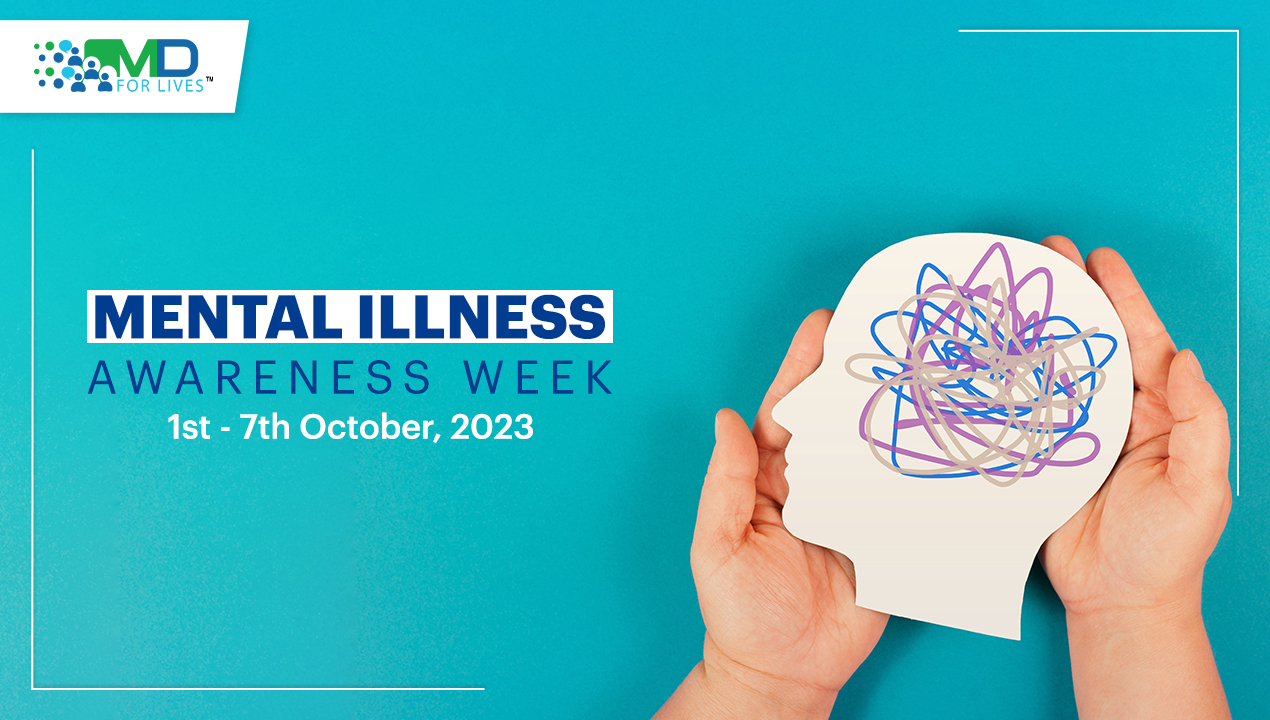Virtual reality exposure therapy (VRET) is a type of exposure therapy that uses virtual reality technology to simulate real-life anxiety-provoking situations in individuals with anxiety disorders. VRET has been used to treat various anxiety disorders, including phobias, panic disorder, posttraumatic stress disorder (PTSD), and social anxiety disorder.
The mechanism of VRET is based on the principles of classical conditioning and habituation, where repeated exposure to the feared stimuli in a safe and controlled environment reduces anxiety and fear responses.
Table 1 summarizes some guidelines for VRET.
| Smart scheduling strategy | Weekly 60-90 min sessions. Increasing the frequency of sessions helps with avoidance and improves compliance. |
| Persistence is the key! | Encouraged continued exposure as long as needed to alleviate anxiety. The longer the exposure situation, the better the results. |
| It’s all in the details! | Patients should use as much detail as possible. |
| Move at your own pace | Allow patients to progress at their own pace. Don’t be afraid of pushing them outside of their comfort zone. |
| The power of positive
reinforcement Show empathy |
Show your patients you appreciate them. Praise them for the exposure completed.
Acknowledge how difficult the VRET is for the patient. Guide your responses in accordance with the patient’s reaction to exposure to maximize the effect. |
| Stimulus | Potent stimulus with precise methodological control. |
Table 1. Clinical and practical aspects of VRET
The use of VRET in treating anxiety disorders has several advantages, including minimizing avoidance behavior and facilitating exposure to feared stimuli.
VRET has been found to be effective in reducing anxiety levels and facilitating emotional engagement in exposure therapy. One of the main advantages of VRET is that it allows therapists to control the intensity of exposure, allowing for a more efficient and effective treatment. It allows providers to collect objective data on patients’ responses to exposure therapy. This data can be used to monitor progress and adjust the treatment as needed.
The VR environment can be customized to match the patient’s specific fears and triggers, allowing for tailored exposure therapy. For example, patients with social anxiety disorder can be exposed to social situations, such as giving a presentation in a virtual environment. This exposure can help patients desensitize to their fears and learn how to manage their anxiety.
This treatment modality can be used in various settings, such as clinics and hospitals, making it more accessible to patients. VRET can also be used remotely, allowing patients to receive treatment from the comfort of their own homes. Moreover, the technology can also appeal to younger patients who may be more familiar with the technology.
Limitations of VRET:
While VRET has been found to be effective in treating anxiety disorders, its use has some limitations.
- One limitation is that VRET requires specialized equipment and software, which can be expensive and not widely available.
- Another limitation is that VRET may not be suitable for all individuals with anxiety disorders, as some may not be comfortable with the technology or may not respond well to exposure therapy.
- Additionally, the effectiveness of VRET may depend on the quality of the virtual environment and the level of immersion, which can vary depending on the software used. Morina et al. also suggested that a sense of presence was positively correlated with anxiety during virtual social interactions.
- Finally, augmented reality exposure-based therapy (ARET) may be a promising alternative to VRET, as it limits itself to producing certain virtual elements and then merging them into the view of the physical world.
VRET has been found to be effective in reducing anxiety levels, and it may be as effective as in vivo exposure therapy in producing long-term behavioral changes. While VRET has shown promising results, it is essential to acknowledge its limitations and continue to research its effectiveness. With continued development and refinement, virtual reality exposure therapy has the potential to revolutionize the treatment of anxiety disorders.
Written by – Dr Val Bellman, MD PsyD
University of Missouri Kansas City, Psychiatry Residency Training Program,
Kansas City, MO
References:
[1] Opriş D, Pintea S, García-Palacios A, Botella C, Szamosközi Ş, David D. Virtual reality exposure therapy in anxiety disorders: a quantitative meta-analysis. Depress Anxiety. 2012;29(2):85-93. doi:10.1002/da.20910
[2] Meyerbröker K, Emmelkamp PM. Virtual reality exposure therapy in anxiety disorders: a systematic review of process-and-outcome studies. Depress Anxiety. 2010;27(10):933-944. doi:10.1002/da.20734
[3] Kampmann IL, Emmelkamp PM, Hartanto D, Brinkman WP, Zijlstra BJ, Morina N. Exposure to virtual social interactions in the treatment of social anxiety disorder: A randomized controlled trial. Behav Res Ther. 2016;77:147-156. doi:10.1016/j.brat.2015.12.016
[4] Botella C, Fernández-Álvarez J, Guillén V, García-Palacios A, Baños R. Recent Progress in Virtual Reality Exposure Therapy for Phobias: A Systematic Review. Curr Psychiatry Rep. 2017;19(7):42. doi:10.1007/s11920-017-0788-4
[5] Kramer TL, Pyne JM, Kimbrell TA, Savary PE, Smith JL, Jegley SM. Clinician perceptions of virtual reality to assess and treat returning veterans. Psychiatr Serv. 2010;61(11):1153-1156. doi:10.1176/ps.2010.61.11.1153
[6] Difede J, Cukor J, Patt I, Giosan C, Hoffman H. The application of virtual reality to the treatment of PTSD following the WTC attack. Ann N Y Acad Sci. 2006;1071:500-501. doi:10.1196/annals.1364.052
[7] Lindner P, Miloff A, Hamilton W, et al. Creating state of the art, next-generation Virtual Reality exposure therapies for anxiety disorders using consumer hardware platforms: design considerations and future directions. Cogn Behav Ther. 2017;46(5):404-420. doi:10.1080/16506073.2017.1280843
[8] Lindner P, Miloff A, Zetterlund E, Reuterskiöld L, Andersson G, Carlbring P. Attitudes Toward and Familiarity With Virtual Reality Therapy Among Practicing Cognitive Behavior Therapists: A Cross-Sectional Survey Study in the Era of Consumer VR Platforms. Front Psychol. 2019;10:176. Published 2019 Feb 8. doi:10.3389/fpsyg.2019.00176
[9] Baus O, Bouchard S. Moving from virtual reality exposure-based therapy to augmented reality exposure-based therapy: a review. Front Hum Neurosci. 2014;8:112. Published 2014 Mar 4. doi:10.3389/fnhum.2014.00112
[10] Morina N, Brinkman WP, Hartanto D, Emmelkamp PM. Sense of presence and anxiety during virtual social interactions between a human and virtual humans. PeerJ. 2014;2:e337. Published 2014 Apr 3. doi:10.7717/peerj.337
[11] Carl E, Stein AT, Levihn-Coon A, et al. Virtual reality exposure therapy for anxiety and related disorders: A meta-analysis of randomized controlled trials. J Anxiety Disord. 2019;61:27-36. doi:10.1016/j.janxdis.2018.08.003

MDForLives is a vibrant community of healthcare professionals and patients dedicated to shaping the future of healthcare. We provide valuable global insights to healthcare companies through online surveys, interviews, and discussion forums.






